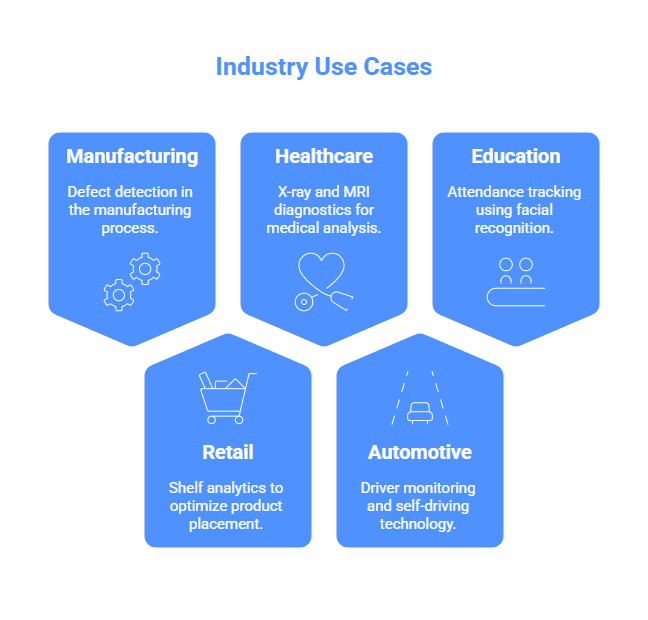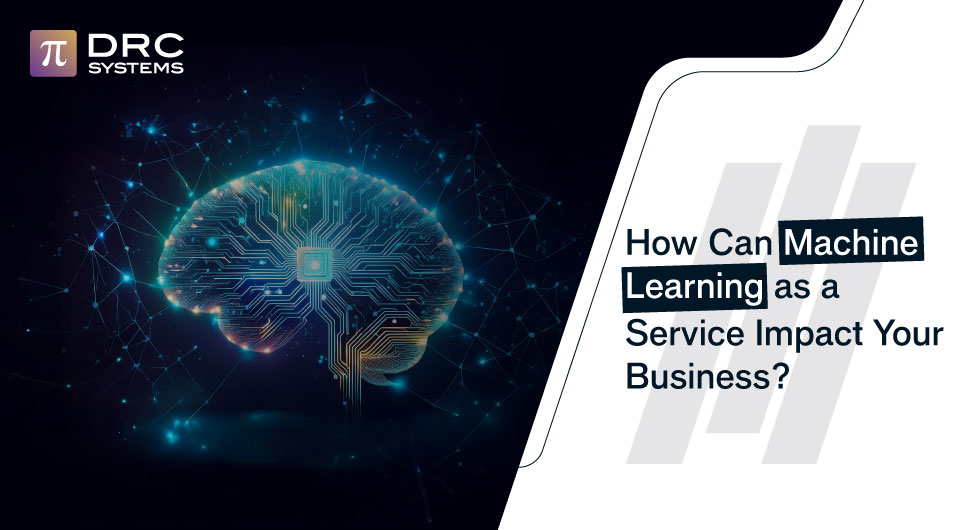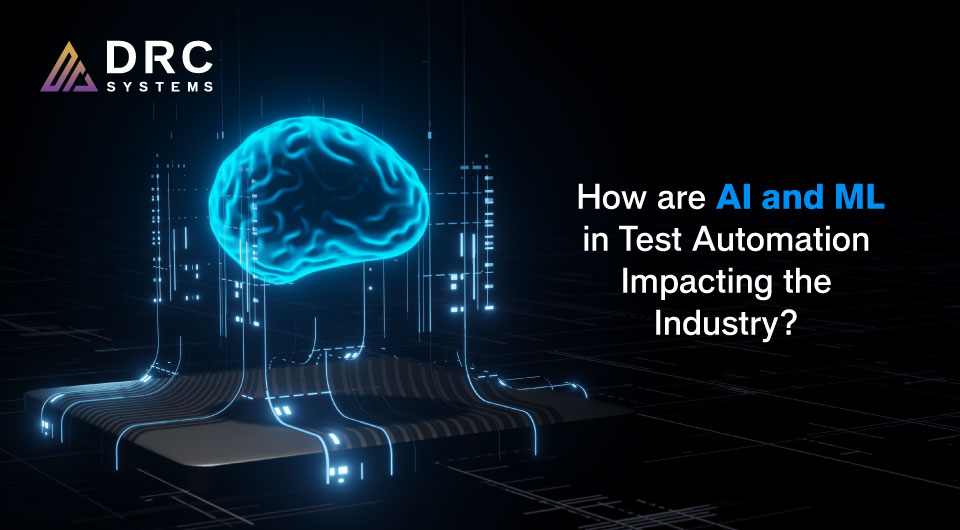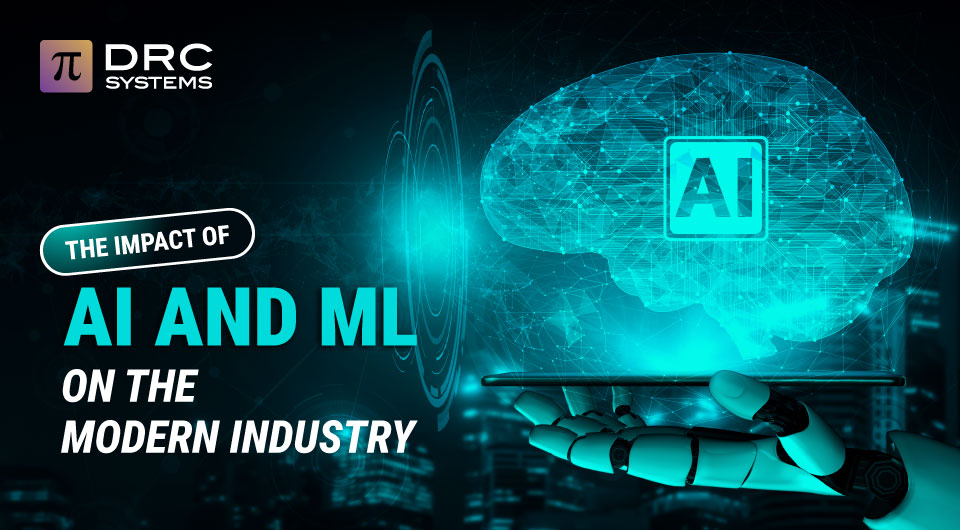Related Articles
How Can Machine Learning as a Service Impact Your Business?
The total volume of data created, acquired, copied, and consumed reached 149 zettabytes in 2024 and is estimated to reach…
Read The PostHow AI and ML are Transforming Test Automation For The Better?
The first rule of technology used in a business is that automation applied to an efficient operation will magnify the…
Read The PostThe Impact of AI and ML Development on Modern Industries
42% of enterprises use AI in their business, while another 40% are testing it in their workflows and models. It…
Read The Post




